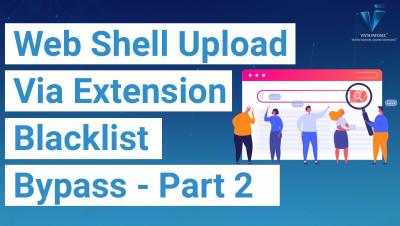API Security: 200 is Not Always Okay, and How to Cope with This
While a 200 OK status often signals success, its appearance can be deceiving, especially when it cloaks significant threats within API interactions. This session expands on the critical role of APIs as part of the broader attack surface essential for robust Threat Detection, Identification, and Response (TDIR) programs. We’ll explore intricate case studies where seemingly successful responses harbored risks that bypass traditional monitoring. Learn how to enhance your SIEM capabilities by effectively detecting anomalies in API traffic, ensuring that every layer of interaction is scrutinized—not just the surface.











